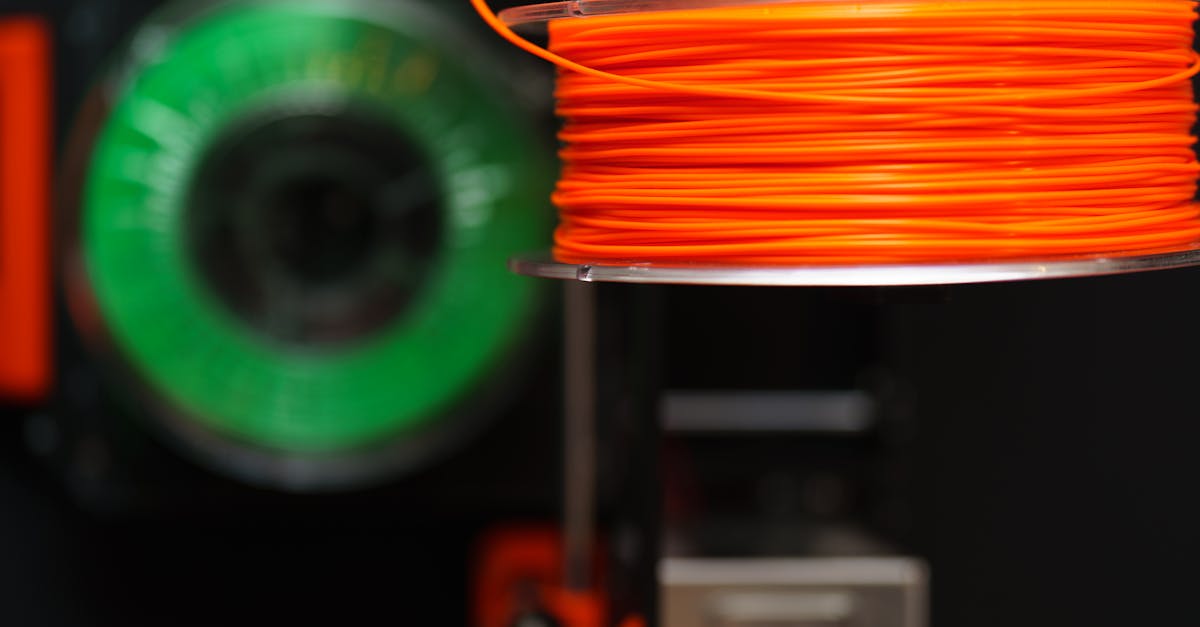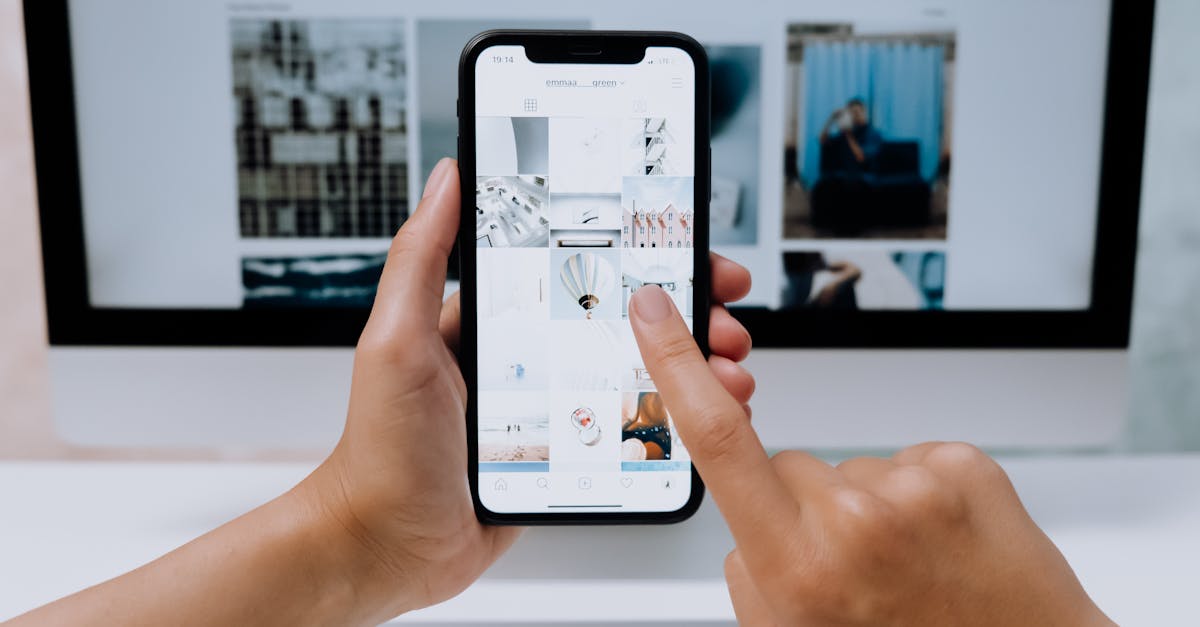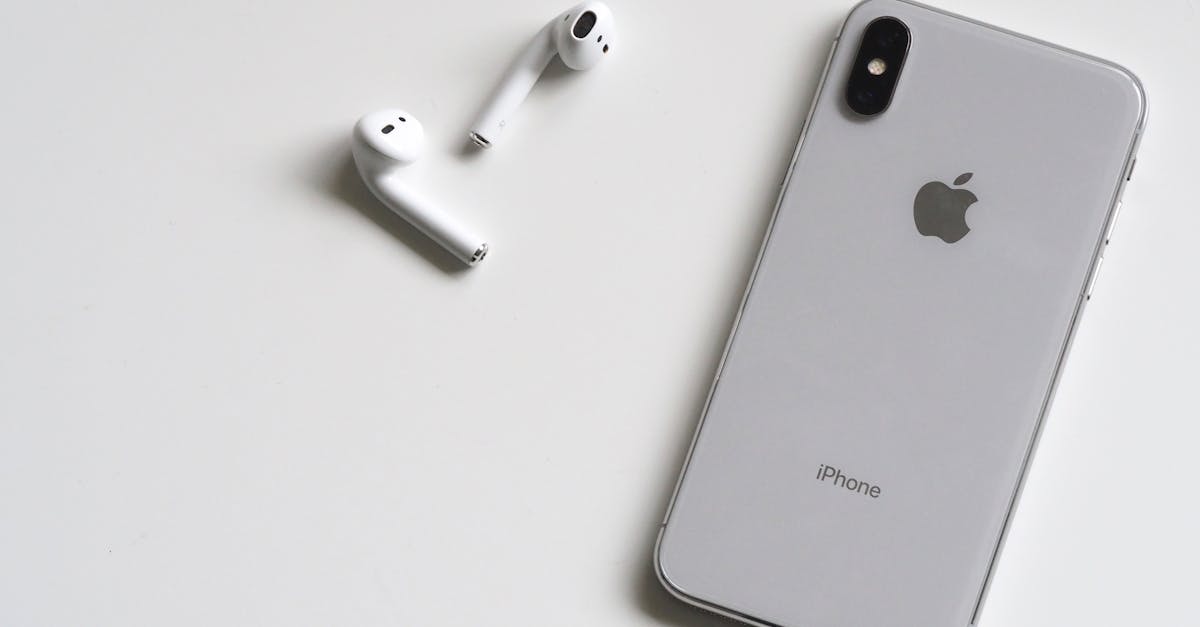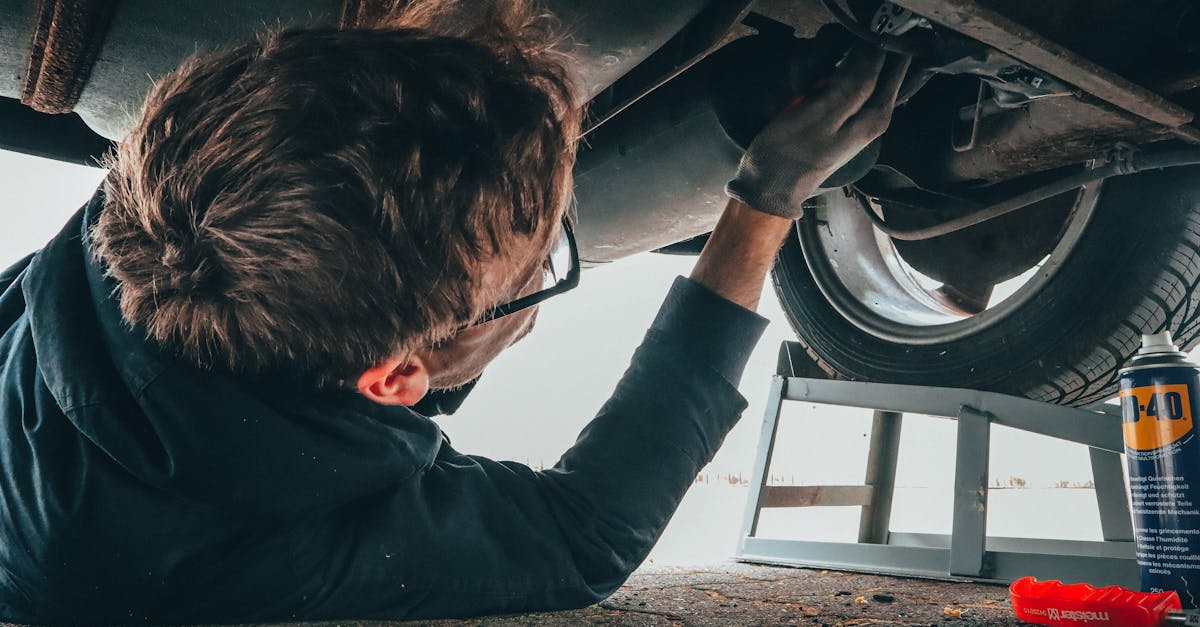“The only real mistake is the one from which we learn nothing.” Have you ever tackled biometric iPhone repair only to find yourself facing more problems than when you started? Handling repairs like Face ID or fingerprint sensor issues on your iPhone might seem straightforward, especially with all the DIY guides out there. However, without the right approach, you can easily fall into common traps that not only waste your time but could also compromise your iPhone’s security and functionality.
Your iPhone isn’t just a gadget; it’s a vault for your personal life and data. Whether you’re dealing with Touch ID maintenance or replacing the fingerprint flex cable, each action you take can impact how well your biometric features function. Missteps in this delicate process might lead you to unnecessary repairs or even damage. Therefore, recognizing these potential mistakes early can save you from costly fixes and ensure your iPhone remains secure and efficient.
Ready to dive in and learn how to avoid these pitfalls? Discover the crucial errors to steer clear of and keep your device running smoothly. Don’t let simple mistakes turn into big problems!

Photo provided by yasart.jpg on Pexels
Within the story
Ignoring Professional Help
When it comes to biometric iPhone repair, you might think you can fix things yourself. But here’s why you shouldn’t. Biometric systems like Face ID and Touch ID are complex. They aren’t just any regular phone part. Attempting to repair these yourself could make matters worse. You might think you save money, but you might cause more damage. This could lead to even costlier repairs later on. Therefore, it’s always better to seek professional help when dealing with such repairs.

Photo provided by Tomás Asurmendi on Pexels
Neglecting Proper Tools
Another mistake is trying to repair your iPhone without the right tools. Specialized tools are necessary for Touch ID maintenance and other biometric repairs. Using regular tools might not work and could even harm your phone. For example, using a standard screwdriver instead of a specialized one can damage the screws or the parts they hold. If you plan on working on your phone yourself, ensure you have the proper tools. But, again, professional services have the tools and the expertise.

Photo provided by Jakub Zerdzicki on Pexels
Overlooking Face ID Repair
You’ll need expert attention for a broken Face ID. Many don’t realize how important this is. Face ID repair isn’t something you can ignore. If your Face ID stops working, your phone’s security weakens. Someone else might be able to access your phone with less effort. And besides security, it’s a feature meant for your convenience. So, don’t overlook problems with your Face ID.

Photo provided by cottonbro studio on Pexels
Mishandling Touch ID Maintenance
Touch ID is another vital part of your phone’s security. Mishandling its maintenance can lead to big problems. Touch ID involves delicate components, and you must handle them with care. Breaking the fingerprint flex cable could make your Touch ID useless. And you might struggle with logging into your phone in the usual way. Therefore, you should ensure any maintenance is done correctly or get an expert to help.

Photo provided by Chevanon Photography on Pexels
Misunderstanding Biometric Troubleshooting
Biometric troubleshooting involves more than just fixing what’s visibly broken. It includes understanding how the biometric system works and what might go wrong. Sometimes, the issues might not be visible on the outside. Biometric troubleshooting requires patience and knowledge. So, if you don’t fully understand how it works, you’re likely to make the problem worse. Consider seeking professional guidance to ensure that biometric troubleshooting is done right.

Photo provided by Jess Bailey Designs on Pexels
Ignoring Fingerprint Sensor Issues
Fingerprint sensor issues should be addressed immediately. The sensor might not recognize your fingerprint sensor issues, or it could be sluggish. Whatever the problem, solving it quickly is crucial for your phone’s security. Some users might ignore these problems, thinking they’re minor. But, over time, they can lead to more significant issues.

Failing at iPhone Security Enhancement
Your iPhone’s security is essential post-repair. After any iPhone security enhancement, check that everything works correctly. Sometimes, repairs may affect other parts of your phone. If your Face ID, Touch ID, or other security features aren’t functioning well, your phone isn’t fully secure. Always double-check everything to ensure your phone’s security is enhanced and not compromised.

Photo provided by Artem Podrez on Pexels
Biometric iPhone Repair Risks
Understanding the risks involved with biometric iPhone repair is crucial. These repairs are not risk-free. Attempting repairs, especially without experience, can damage other parts of your phone. Some risks might include losing data, damaging sensors, or even making the phone unusable. Knowing what’s at stake can help you make the right decision on how to proceed with repairs.
Avoid Mistakes and Empower Your Repairs
Understanding biometric repairs for your iPhone can boost your confidence. Recognizing common pitfalls helps you save time and prevents costly errors. You gain peace of mind knowing that your iPhone’s security features, like Face ID and Touch ID, work seamlessly.
To keep your device in top shape, check for guides on Face ID and fingerprint troubleshooting. Order genuine parts like an original fingerprint cable if needed. These steps ensure your iPhone stays secure and fully functional.
Take control of your device’s security today. Begin with a simple inspection or reach out for expert advice. You’ll feel empowered and ready to tackle any biometric issues that arise.
